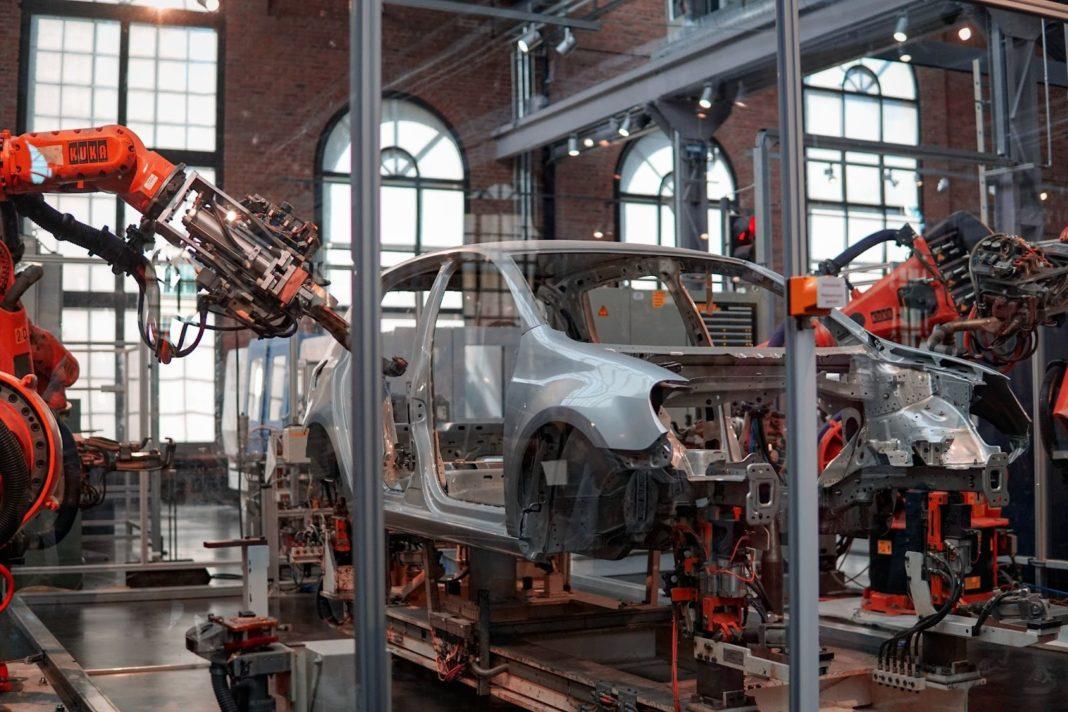Businesses in the United States have recently added robots to their workplace in 2021 at a record pace, according to the industry group the Association for Advancing Automation. This new data reveals that companies ordered about 29,000 new robots, about 37% more than what was ordered last year at the same time. Amid labor shortages and high supply-demand in the United States, companies have struggled to meet consumer demand. Adding more automation to their assembly lines can help these companies speed up the completion of goods.
In the first nine months of 2021, it is estimated that businesses spent about $1.48 billion on adding robots to their workplace. The previous peak of robot addition occurred in 2017, though 2021’s record numbers now surpasses that.
Robots have long been a huge part of the auto industry, and that doesn’t appear to be changing any time soon. However, in the past few years, other industries have started to use more robots, surpassing the auto industry in the process. For example, non-automative companies expanded their business to include robots by about 53% in 2021. Auto-related industries, meanwhile, only grew at about 20% this year. This doesn’t necessarily mean that the auto industry is slowing down with using automation. Rather, this just signals that other industries are finding ways to utilize robots in different ways, and therefore growing at a faster rate than the auto industry.
This surge in robot usage is closely tied to the labor shortage that has gripped most, if not all, of the nation in 2021. A record number of employees were laid off in 2020 and 2021 because of the COVID-19 pandemic. When Americans started to become vaccinated in the spring and summer of 2021, however, demand for goods and services skyrocketed. Companies, after being forced to lay off workers earlier, now were faced with a crisis. They didn’t have enough workers to accurately meet consumer demand.
Now that we’re in November, the nation is still dealing with this labor shortage, as many workers are not returning to the workforce in droves. For countless reasons, workers have not been hired at the rate expected. Linger pandemic concerns, childcare issues, and other situations have kept a mass amount of people from returning to work. Americans have also retired at a mass rate in the past year, while many other workers have also changed their career paths, both of which may have impacted the workforce.
Therefore, as companies struggled to meet the high consumer demand, and when they couldn’t find the accurate number of employees, in many situations they turned to automation or robots. Companies also turned to robots if they had the accurate amount of workers, but couldn’t meet the demand expected, as robots work much faster than workers do, on average.
This latest trend in an increase in automation work will be pivotal when understanding the labor market and its recovery after the pandemic, especially if more businesses continue to increase their addition of robots in the workplace.









